By Christopher Miskimon
The Battle of Sangshak is one of those unknown fights that laid thegroundwork for the subsequent Allied victory in World War II. In March 1944, the Japanese U-Go offensive was making gains against the mostly Indian British IV Corps as it advanced toward Kohima, a major Allied position. The India-Burma front was one of the war’s backwaters, always last for equipment, weapons, and reinforcements. The soldiers in this theater had to make do with what little they had.
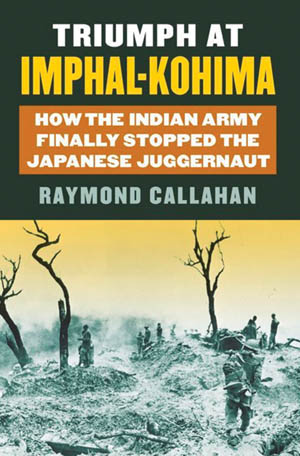 Sangshak began when General William Slim’s XIV Army released a reserve unit, the 50th Indian Parachute Brigade, from its control and sent it into the fight to bolster the hard-pressed British and Indian infantry divisions under attack by the Japanese 31st Division. This unit had two battalions, one Indian and one Gurkha, which marched to the battle due to a shortage of transport. There the brigade took control of the 4th Battalion, 5th Mahratta Light Infantry, which had been left to await their arrival.
Sangshak began when General William Slim’s XIV Army released a reserve unit, the 50th Indian Parachute Brigade, from its control and sent it into the fight to bolster the hard-pressed British and Indian infantry divisions under attack by the Japanese 31st Division. This unit had two battalions, one Indian and one Gurkha, which marched to the battle due to a shortage of transport. There the brigade took control of the 4th Battalion, 5th Mahratta Light Infantry, which had been left to await their arrival.
At first the 50th Brigade dispersed into a number of outposts and other positions. When the Japanese overran a company of paratroopers on a hill named 7378 (for its height in feet) the unit’s commander, Brigadier Maxwell Hope-Thompson, decided to consolidate his troops to prevent being defeated in detail. They did so on a flat-topped hill near the village of Sangshak. The infantrymen were reinforced with a machine-gun company and a mountain artillery battery. Slim’s headquarters planned to resupply them by air, though this never worked well due to the small area the unit occupied and the stubbornness of the Allied cargo pilots, who refused to drop their loads in the way the troops on the ground requested.
The Japanese attacked for six days, often using the supplies and water dropped by their enemy. It was stiff fighting for the Indians, who were well trained but were also experiencing combat for the first time. Finally, it was realized there was no further gain to be had from continuing to hold the position, so Hope-Thompson was ordered to break out after dark on March 26. Incredibly, this message was sent without encoding and in clear language, subject to Japanese interception. Despite this, most of the survivors made it back to Indian lines, but overall the Indian battalion suffered 80 percent casualties while the Gurkhas suffered 35 percent. It was a great sacrifice, but in the end it allowed Kohima to be reinforced sufficiently to hold out until the Japanese attack lost strength and ended.
The myth of Japanese invincibility was broken just as the Japanese disdain for Indian and British troops was dispelled. The successful defense at Kohima and Imphal set the stage for successful offensives later in the war. It was the result of hard training and deliberate planning on the part of William Slim and his army. How that army made the transition from defeat to victory is painstakingly retold in Triumph at Imphal-Kohima: How the Indian Army Finally Stopped the Japanese Juggernaut (Raymond Callahan, University Press of Kansas, Lawrence, 2017, 216 pp., map, appendices, notes, index $26.95, hardcover).
The author goes into great detail on how the Indian Army was rebuilt into a force capable of holding its own and even taking the fight to the Japanese Army despite being given short shrift by its nominal leaders in Great Britain. He also stresses how this was primarily an Indian effort; although the high command was entirely British, Indian troops bore the brunt of the fighting and sustained most of the casualties. This argument is made cogently and logically, using historical examples going back to the Indian Mutiny to demonstrate how Indian forces were raised and organized.
This theater of the war is much ignored, particularly in the United States, which had relatively little involvement in the action. The book lays out the ability of General William Slim and the efforts of his troops to great advantage and sheds light on their accomplishments. It follows the battle from its prelude through to the aftermath, when the British Indian Army prepared to carry the battle to the Japanese and did so successfully. This work is thought provoking, giving the reader a new viewpoint on the war in the China-Burma-India Theater and backing up its assertions with credible evidence.
MORE BOOKS
Never Call Me a Hero: A Legendary American Dive-Bomber Pilot Remembers the Battle of Midway (N. Jack Kleiss, William Morrow Publishers, New York, 2017, 311 pp., maps, photographs, appendices, index, $26.99, hardcover)
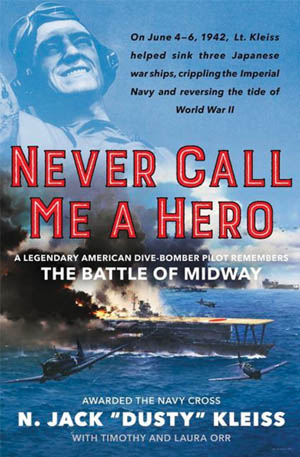 On June 4, 1942, the future of the Pacific War was in the hands of a few hundred American and Japanese pilots. One of them, Lieutenant (j.g.) “Dusty” Kleiss, was flying a Douglas SBD Dauntless dive bomber at 20,000 feet with an enemy aircraft carrier sailing far below. He was part of Scouting Squadron Six from the aircraft carrier USS Enterprise.The American torpedo planes had failed to achieve success, so now it was up to the dive bombers to make their attacks and turn the tide. Kleiss put his plane into its dive, soaring downward toward the carrier Kaga.His plane plunged through enemy antiaircraft fire at 240 knots. The young pilot released his bombs at the last second before pulling out of his dive to level off just above the ocean waves. The Kaga’s flight deck exploded into flames. Kleiss’s job was done.
On June 4, 1942, the future of the Pacific War was in the hands of a few hundred American and Japanese pilots. One of them, Lieutenant (j.g.) “Dusty” Kleiss, was flying a Douglas SBD Dauntless dive bomber at 20,000 feet with an enemy aircraft carrier sailing far below. He was part of Scouting Squadron Six from the aircraft carrier USS Enterprise.The American torpedo planes had failed to achieve success, so now it was up to the dive bombers to make their attacks and turn the tide. Kleiss put his plane into its dive, soaring downward toward the carrier Kaga.His plane plunged through enemy antiaircraft fire at 240 knots. The young pilot released his bombs at the last second before pulling out of his dive to level off just above the ocean waves. The Kaga’s flight deck exploded into flames. Kleiss’s job was done.
Dusty Kleiss came from a small town in Kansas to become one of the Navy’s elite pilots of the early part of World War II. His story is one of pushing limits, perseverance, and dealing with the toll of battle. It is an interesting memoir, told from the point of view of a pilot caught up in one of the pivotal battles of the war, a fighting sailor at the fighting level rather than an admiral. Despite the importance of his actions, the author tells the story with humility, and his ability as a storyteller in considerable.
Storm of Eagles: The Greatest Aviation Photographs of World War II (John Dibbs andKent Ramsey, Osprey Publishing, Oxford, UK, 2017, 247 pp., photographs, index, $35.00, hardcover)
 A Boeing B-17 Flying Fortress heavy bomber soars high above the clouds, surrounded by flak. A pilot inspects the dozens of bullet holes in the fuselage of his aircraft. North American B-25 Mitchell medium bombers line up on the flight deck of the aircraft carrier USS Hornetshortly before they launch their attack on Tokyo. A Luftwaffe ace relaxes on a pad marked “U.S. Air Corps” before his next mission. A Vought Kingfisher is pulled from the Pacific Ocean to be reloaded aboard the cruiser USS Baltimore.A YR-4B helicopter lands near a downed bomber in Burma in February 1945.
A Boeing B-17 Flying Fortress heavy bomber soars high above the clouds, surrounded by flak. A pilot inspects the dozens of bullet holes in the fuselage of his aircraft. North American B-25 Mitchell medium bombers line up on the flight deck of the aircraft carrier USS Hornetshortly before they launch their attack on Tokyo. A Luftwaffe ace relaxes on a pad marked “U.S. Air Corps” before his next mission. A Vought Kingfisher is pulled from the Pacific Ocean to be reloaded aboard the cruiser USS Baltimore.A YR-4B helicopter lands near a downed bomber in Burma in February 1945.
All these images and many more are contained in the pages of this new coffee table book. A mix of color and black and white photographs combines to make an attractive volume that beckons the reader to keep turning the pages to see what amazing picture is next. Each is accompanied by a detailed caption to put a place and time with the action. A few of the photos are well known, iconic imagery, but many have rarely been seen before, even by aviation enthusiasts.
Rocky Boyer’s War: An Unvarnished Historyof the Air Blitz That Won the War in the Southwest Pacific (Allen D. Boyer, Naval Institute Press, Annapolis, MD, 2017, 440 pp., maps, photographs, notes, bibliography, index, $29.95, hardcover)
 Rocky Boyer was a young lieutenant assigned to the U.S. Army Air Corps in the Pacific. He saw a wide variety of events during his time at Nazdab in New Guinea, home to an Allied base that was described as part scout camp and part frontier boomtown. Rocky knew a chaplain who stood up to a group of colonels whose drunken promotion party ended in gunfire and exploding sticks of dynamite. There was also a private from an antiaircraft unit whose first sergeant was accidentally shot when he was sleepwalking and mistaken for a Japanese infiltrator. A fellow lieutenant came back from a date with a nurse disgusted because all she would let him do was rub her belly. Boyer even fought against Japanese paratroopers who attacked his camp on Leyte.
Rocky Boyer was a young lieutenant assigned to the U.S. Army Air Corps in the Pacific. He saw a wide variety of events during his time at Nazdab in New Guinea, home to an Allied base that was described as part scout camp and part frontier boomtown. Rocky knew a chaplain who stood up to a group of colonels whose drunken promotion party ended in gunfire and exploding sticks of dynamite. There was also a private from an antiaircraft unit whose first sergeant was accidentally shot when he was sleepwalking and mistaken for a Japanese infiltrator. A fellow lieutenant came back from a date with a nurse disgusted because all she would let him do was rub her belly. Boyer even fought against Japanese paratroopers who attacked his camp on Leyte.
Many memoirs are full of tales of heroism, sacrifice, and hardship. This new work is a more grounded look at the entirety of a soldier’s service, including the stupidities, drunkenness, and even the occasional good time. Daily life for most soldiers was not a constant grind of combat but rather moments of excitement and fear interspersed among long periods of boredom and mundane events. The author describes the war using Boyer’s diary to add detail and life to his own interesting prose. The book presents a very real look at the experiences of one soldier doing his duty amid the larger scope of a world war.
Blitzkrieg from the Ground Up (Niklas Zetterling, Casemate Publishers, Havertown, PA, 2017, 288 pp., maps, photographs, notes, bibliography, index, $32.95, Hardcover)
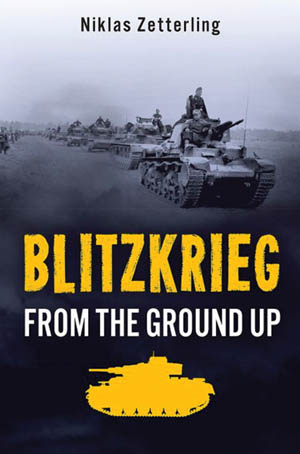 At 3 amon Christmas Eve, 1941, German Sergeant Bahls was roused from sleep by an urgent message. A Soviet attack had taken the village of Aristovo, three kilometers away. His unit, the 21st Panzer Regiment, was defending just outside of Moscow. He was told to take his tank, a Panzer IV, and a Panzer II to the village and help retake it in a counterattack. The village held German baggage, including food and Christmas presents, all of it now captured. An hour later Bahls found a few German infantrymen still holding a few houses on the western edge of Aristovo. They directed him to their battalion commander, though the battalion was down to only 35 men. Bahls decided to attack. The Panzer II’s turret was frozen, limiting its ability to fire, so Bahls led the way. Entering the town he ordered his gunner to drive down the main street and pour cannon fire into every building still standing. The night air was rent by the crash of the 75mm gun and the explosions of shells. As he reached the east end of the village, the rising sun revealed the brown forms of Soviet troops fleeing across the fields away from the town.
At 3 amon Christmas Eve, 1941, German Sergeant Bahls was roused from sleep by an urgent message. A Soviet attack had taken the village of Aristovo, three kilometers away. His unit, the 21st Panzer Regiment, was defending just outside of Moscow. He was told to take his tank, a Panzer IV, and a Panzer II to the village and help retake it in a counterattack. The village held German baggage, including food and Christmas presents, all of it now captured. An hour later Bahls found a few German infantrymen still holding a few houses on the western edge of Aristovo. They directed him to their battalion commander, though the battalion was down to only 35 men. Bahls decided to attack. The Panzer II’s turret was frozen, limiting its ability to fire, so Bahls led the way. Entering the town he ordered his gunner to drive down the main street and pour cannon fire into every building still standing. The night air was rent by the crash of the 75mm gun and the explosions of shells. As he reached the east end of the village, the rising sun revealed the brown forms of Soviet troops fleeing across the fields away from the town.
This glimpse of the German experience of blitzkrieg is one of many in this new work. The author argues that the concept was not new, but merely a refinement of fighting techniques that were developed over decades. Tanks and other new weapons were merely inserted into a doctrine thath already emphasized flexibility, initiative, speed, and decentralized decision making. To demonstrate this idea the book uses not only the experiences of generals and their broad perspective, but also those of enlisted soldiers and junior officers as they fought the war on the ground.
21 Days in Normandy: Maj. Gen. George Kitching & the 4th Canadian Armoured Division (Angelo Caravaggio, Pen and Sword Publishers, South Yorkshire, UK, 2016, 336 pp., maps, photographs, appendices, notes, bibliography, index, $34.95, hardcover)
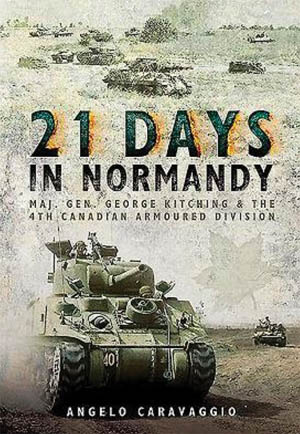 The fog of war was thick on the morning of August 9, 1944. A battle group of the Canadian 4th Armoured Division designated Worthington Force after its commander, Lt. Col. Don Worthington, was on the move toward the south and east, avoiding ongoing fighting so it could advance. After a time Worthington saw what he thought was his objective, Point 195. He occupied the position and dug his men in for defense while he awaited follow-on forces. Tragically, the unit was in the wrong place, 4.5 miles east of the objective and deep in a neighboring Polish division’s zone. It was also terribly close to the remains of Kampfgruppe Wünsche, a German force with 39 Panther tanks. The result was a bitter and bloody battle; the Canadians lost 47 of 55 tanks and suffered hundreds of casualties. Meanwhile, division headquarters did not know where Worthington Force actually was and spent much effort trying to locate it.
The fog of war was thick on the morning of August 9, 1944. A battle group of the Canadian 4th Armoured Division designated Worthington Force after its commander, Lt. Col. Don Worthington, was on the move toward the south and east, avoiding ongoing fighting so it could advance. After a time Worthington saw what he thought was his objective, Point 195. He occupied the position and dug his men in for defense while he awaited follow-on forces. Tragically, the unit was in the wrong place, 4.5 miles east of the objective and deep in a neighboring Polish division’s zone. It was also terribly close to the remains of Kampfgruppe Wünsche, a German force with 39 Panther tanks. The result was a bitter and bloody battle; the Canadians lost 47 of 55 tanks and suffered hundreds of casualties. Meanwhile, division headquarters did not know where Worthington Force actually was and spent much effort trying to locate it.
This unfortunate action is just one retold in this new work. The Canadian 4th Armoured is the subject of much criticism for not closing the Falaise Gap during the Normandy fighting. The author uses new information to demonstrate the unit did show flexibility and adapted to the battlefield quickly, despite being thrown into battle during one of the Normandy Campaign’s critical phases. His arguments are detailed and based upon in-depth research, and the book has many detailed maps to help the reader follow the action.
The Lost Submarines of Pearl Harbor: The Rediscovery and Archaeology of Japan’s Top Secret Midget Submarines of World War II (James P. Delgado et al., Texas A&M Press, College Station, 2016 226 pp., maps, photographs, appendix, notes, bibliography, index, $45.00, hardcover)
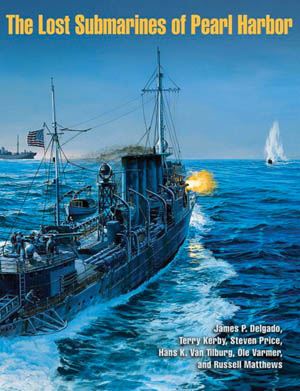 In the hours before dawn on December 7, 1941, Japanese submarines offshore from Pearl Harbor launched five two-man midget submarines. Their mission was to penetrate the American defenses and strike the American battleships in the anchorage. None succeeded, and one was even fired upon and sunk by the destroyer USS Wardoutside the harbor mouth shortly before the air attack began. For the rest of the war these submarines had a few notable successes but more often failed or were simply not as effective as hoped. Despite this they are a fascinating subject that still draws attention.
In the hours before dawn on December 7, 1941, Japanese submarines offshore from Pearl Harbor launched five two-man midget submarines. Their mission was to penetrate the American defenses and strike the American battleships in the anchorage. None succeeded, and one was even fired upon and sunk by the destroyer USS Wardoutside the harbor mouth shortly before the air attack began. For the rest of the war these submarines had a few notable successes but more often failed or were simply not as effective as hoped. Despite this they are a fascinating subject that still draws attention.
Few of Japan’s midget submarines still exist; most were destroyed at the end of the war or lie sunken in the waters of the Pacific. This book is the product of a small group of dedicated researchers who strive to locate and study the remains of lost submarines across the ocean. While much of the book’s focus is on the midget submarines used at Pearl Harbor, several chapters are dedicated to their operations elsewhere, such as the submarine attacks on Diego Suarez and Sydney Harbor in May 1942 and later actions at Guadalcanal along with suicide submarines at Leyte in 1944. This work is a good combination of military archaeology and history with many color photographs and images of artifacts.
The Italian Folgore Parachute Division: Operations in North Africa 1940-43 (Paolo Morisi, Helion and Company, West Midlands, UK, 2017, 192 pp., maps, appendices, bibliography, index, $59.95, hardcover)
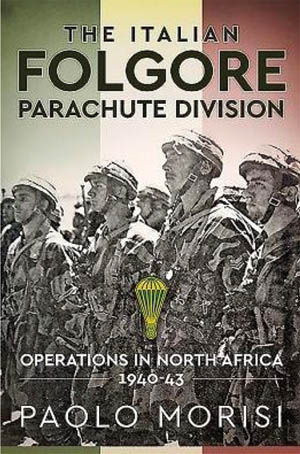 The Italian Army is often given scant praise for its performance during World War II, but this reputation is not well deserved. In North Africa the Italian Army served as a vital and usually more numerous portion of the Axis forces on the continent. Despite this, Italian service is overlooked in comparison to that of the German Afrika Korps. In particular, Italy’s Folgore Parachute Division, created as an emulation of the German airborne troops, gave particularly notable service. It fought across the breadth of the North African battlefield, from El Alamein to Tunisia and many places in between. Despite their ultimate defeat, they earned the respect of their counterparts in the Allied military, even though they often fought outnumbered, were poorly equipped, and lacked modern weapons of all sorts.
The Italian Army is often given scant praise for its performance during World War II, but this reputation is not well deserved. In North Africa the Italian Army served as a vital and usually more numerous portion of the Axis forces on the continent. Despite this, Italian service is overlooked in comparison to that of the German Afrika Korps. In particular, Italy’s Folgore Parachute Division, created as an emulation of the German airborne troops, gave particularly notable service. It fought across the breadth of the North African battlefield, from El Alamein to Tunisia and many places in between. Despite their ultimate defeat, they earned the respect of their counterparts in the Allied military, even though they often fought outnumbered, were poorly equipped, and lacked modern weapons of all sorts.
This new work succeeds in bringing attention to the neglected story of Italian troops in the desert war. It contains a number of studies of small-unit actions that highlight the paratroopers’ skill and determination. The book is well illustrated with a large number of photographs, many of them rarely seen. The text is drawn from numerous battle reports and war diaries of units from both sides, creating a narrative that shows the two sides of each engagement covered. The author also includes a chapter assessing the Folgore Division and its accomplishments, providing a thorough and balanced report on the service of a unit that is frequently mentioned in various histories but seldom described in any real detail.
Steadfast: Compelling Firsthand Accounts of Two Parallel Journeys in World War II (Susan A. Herney, CreateSpace Publishing, 2015, 477 pp., map, photographs, bibliography, $23.50, softcover)
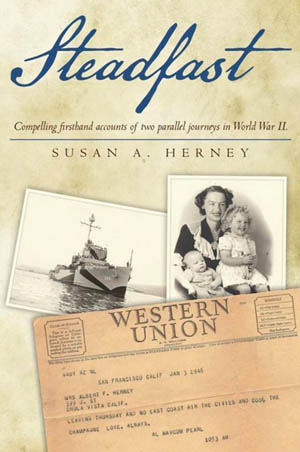 Al Herney’s experience in World War II is representative of that of thousands of others during humanity’s greatest conflict. Serving aboard the mine-sweeper USS Scurry (AM-304), Al did not have a glamorous job. There were few chances to earn medals or recognition, though the danger he faced was sure and true. Like many others, he was not where he wanted to be, either. His ship served at Iwo Jima and Okinawa, and after the war it helped clear channels through minefields as part of the occupation effort. Al would certainly have preferred to be home with his wife and family. Since he was not, however, he did what thousands of other service members did. He made the best of it.
Al Herney’s experience in World War II is representative of that of thousands of others during humanity’s greatest conflict. Serving aboard the mine-sweeper USS Scurry (AM-304), Al did not have a glamorous job. There were few chances to earn medals or recognition, though the danger he faced was sure and true. Like many others, he was not where he wanted to be, either. His ship served at Iwo Jima and Okinawa, and after the war it helped clear channels through minefields as part of the occupation effort. Al would certainly have preferred to be home with his wife and family. Since he was not, however, he did what thousands of other service members did. He made the best of it.
The author has taken a cache of her parents’ wartime letters, photographs, newspaper clippings, and other possessions and woven them into a narrative of their experiences. It is the story of everyday common people and how they dealt with the extraordinary events sweeping them forward. The generation that fought the war is almost entirely gone now; this book’s strength is that it helps preserve a piece of them for posterity.
The Music of World War II: War Songs and Their Stories, 2nd ed. (Sheldon Winkler,
Merriam Press, Hoosick Falls, NY, 2017, 156 pp., photographs, bibliography, $14.95, softcover)
 Most wars have their own music, songs to stir the heart or relieve it of the stresses of battle. World War II was no different, and its tunes ran the gamut. Spike Jones and his City Slickers mocked Hitler in their novelty hit “Der Fuehrer’s Face.” Woodie Guthrie wrote a tribute song for Lyudmila Pavlichenko, a Soviet sniper who is credited with killing 309 Nazis with her rifle. “Praise the Lord and Pass the Ammunition” was based on an actual event at Pearl Harbor and was so popular it became a slogan for over a generation.
Most wars have their own music, songs to stir the heart or relieve it of the stresses of battle. World War II was no different, and its tunes ran the gamut. Spike Jones and his City Slickers mocked Hitler in their novelty hit “Der Fuehrer’s Face.” Woodie Guthrie wrote a tribute song for Lyudmila Pavlichenko, a Soviet sniper who is credited with killing 309 Nazis with her rifle. “Praise the Lord and Pass the Ammunition” was based on an actual event at Pearl Harbor and was so popular it became a slogan for over a generation.
This expanded edition contains the background information of 15 different songs along with famous movies and musicals of the war. It provides the reader with a detailed view of the music that motivated, entertained, and consoled a population at war. Some of the songs are still popular today, but all of them are significant for their popularity and relevance to the period.
NEW & NOTEWORTHY BOOKS
Blood and Fears: How America’s Bomber Boys of the 8th Air Force Saved World War II (Kevin Wilson, Pegasus Books, 2017, $29.95, hardcover) This is a history of the Eighth Air Force’s long campaign against Germany. It is extensively researched with many personal accounts.
Women Heroes of World War II: The Pacific Theater (Kathyrn J. Atwood, Chicago Review Press, 2017, $19.99, hardcover) Contained in this volume are 15 stories of women who acted as spies, saboteurs, or resistance fighters during the war.
Allied Intelligence Handbook of the German Army 1939-45 (Compiled by Stephen Bull, Bloomsbury Press, 2017, $15.00, hardcover) This compact edition gives examples of Allied intelligence-gathering efforts during the war. It effectively shows what Allied troops knew about their enemies.
Hitler Versus Stalin the Eastern Front 1943-44: Kursk to Bagration (Nik Cornish, Pen and Sword, 2017, $24.95, softcover) The author has compiled a photographic history of the war on the Eastern Front. This is the third volume, covering the 1943-1944 time period.
Vehicle Art of World War Two (John Norris, Pen and Sword, 2017, $39.95, hardcover) Soldiers and pilots decorated their vehicles with a wide array of artwork. This new work is a detailed study of the subject.
At the Heart of the Reich: The Secret Diary of Hitler’s Army Adjutant (Major Gerhard Engel, Frontline Books, 2017, $19.95, softcover) The author was Hitler’s Army adjutant from 1938 to 1943. His diary provides insight into the machinations of the Nazis in peace and war.
Humanitarians at War: The Red Cross in the Shadow of the Holocaust (Gerald Steinacher, Oxford University Press, 2017, $32.95, hardcover) This chronicle looks at the Red Cross and its efforts to rehabilitate itself after its failure to speak out against the Holocaust during the war
Broken Wings: The Hungarian Air Force 1918-45 (Stephen Renner, Indiana University Press, 2017, $35.00, hardcover) Hungary built its air force in secret between the wars, only to see it squandered as part of the Axis forces.
The Spy in Hitler’s Inner Circle: Hans-Thilo Schmidt and the Intelligence Network That Decoded Enigma (Paul Paillole, Casemate Publishers, 2016, $32.95, hardcover) This new book explains the French role in the infiltration of Germany’s intelligence agencies. The author was an operative who experienced the period firsthand.
Hurricane: Hawker’s Fighter Legend (John Dibbs, Tony Holmes and Gordon Riley, Osprey Publishing, 2017, $45.00, hardcover) The Hurricane was one of Great Britain’s best fighter aircraft. This coffee table book is lavishly illustrated with period photos and new images of restored planes.
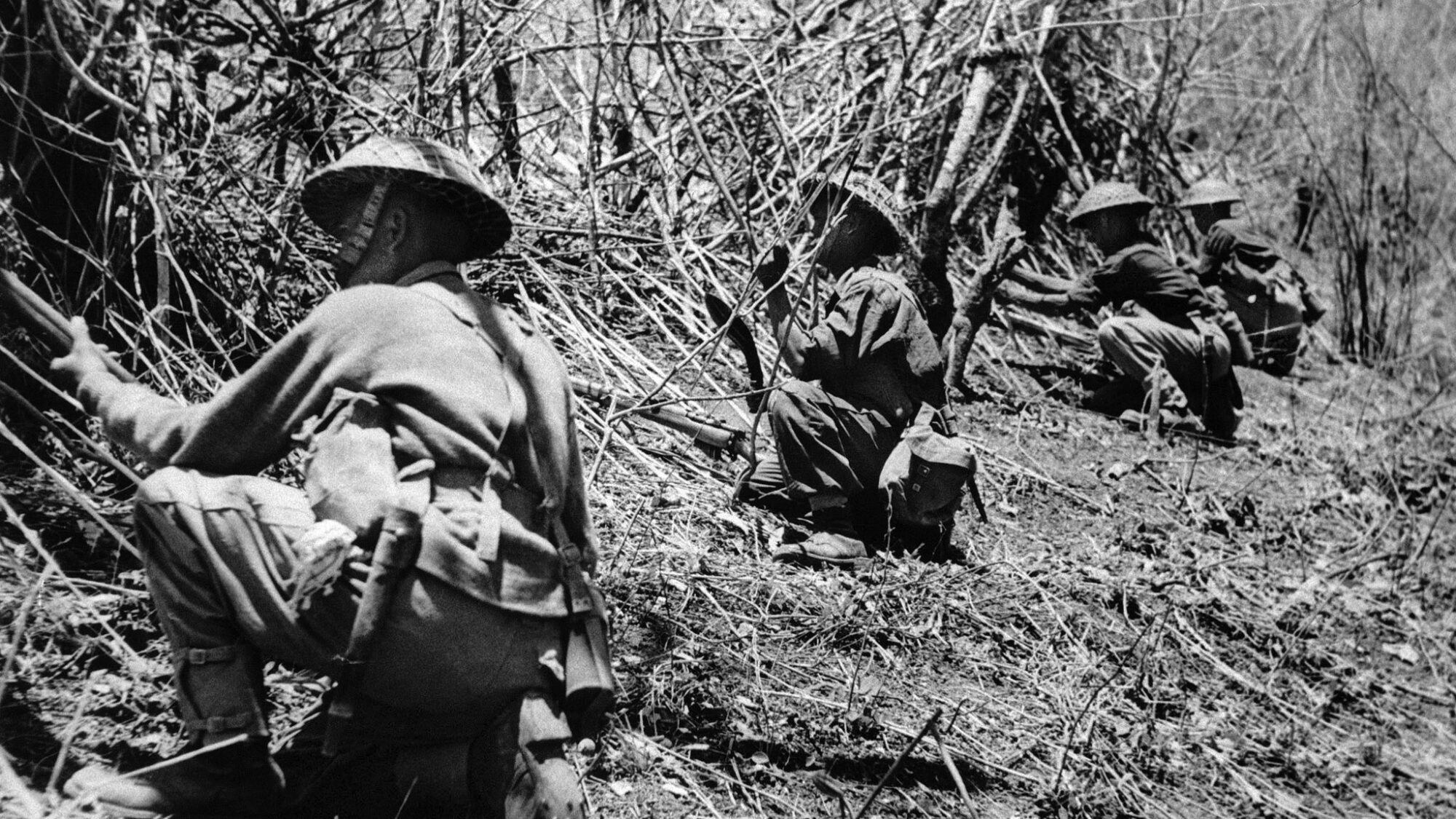
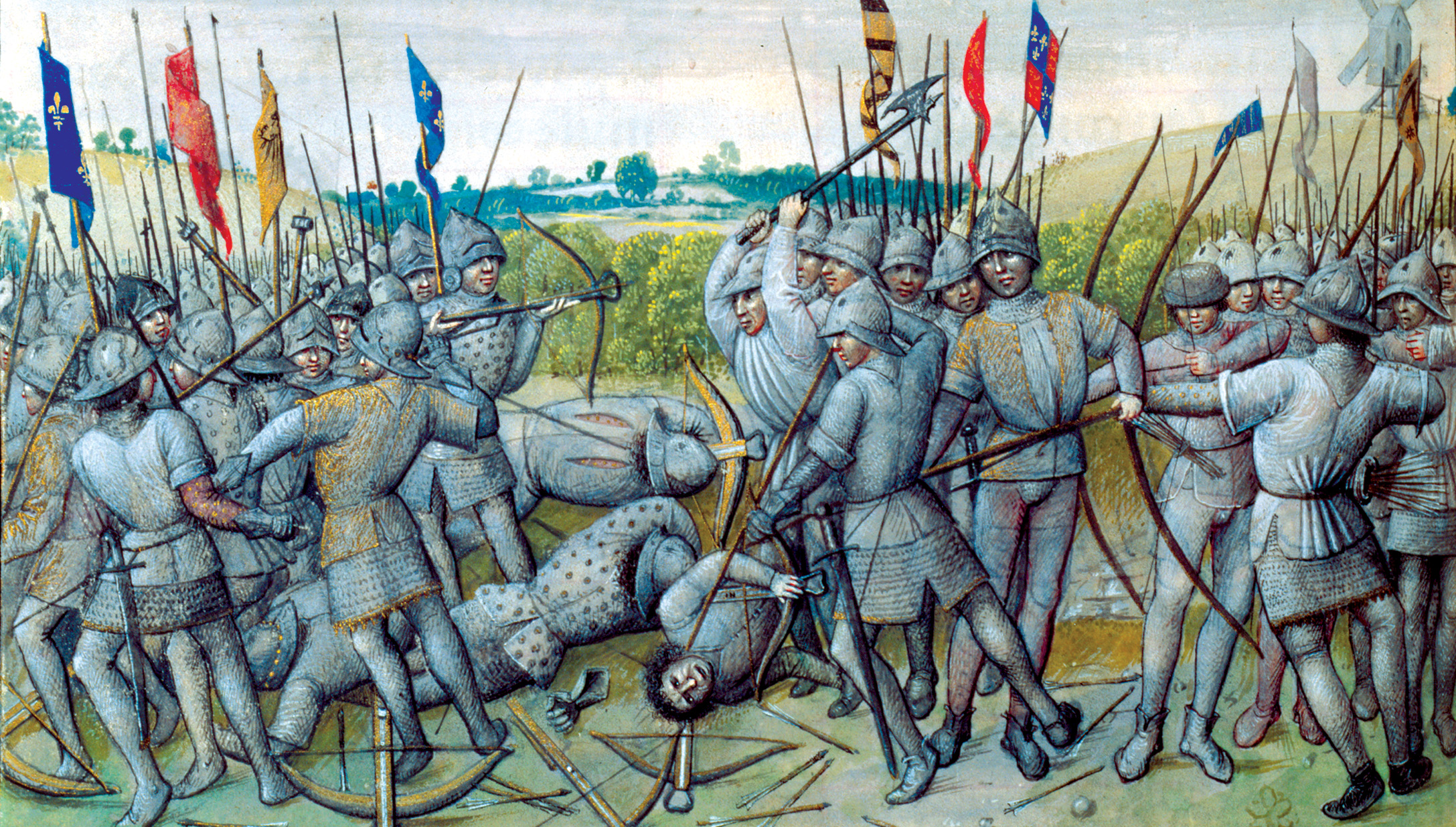
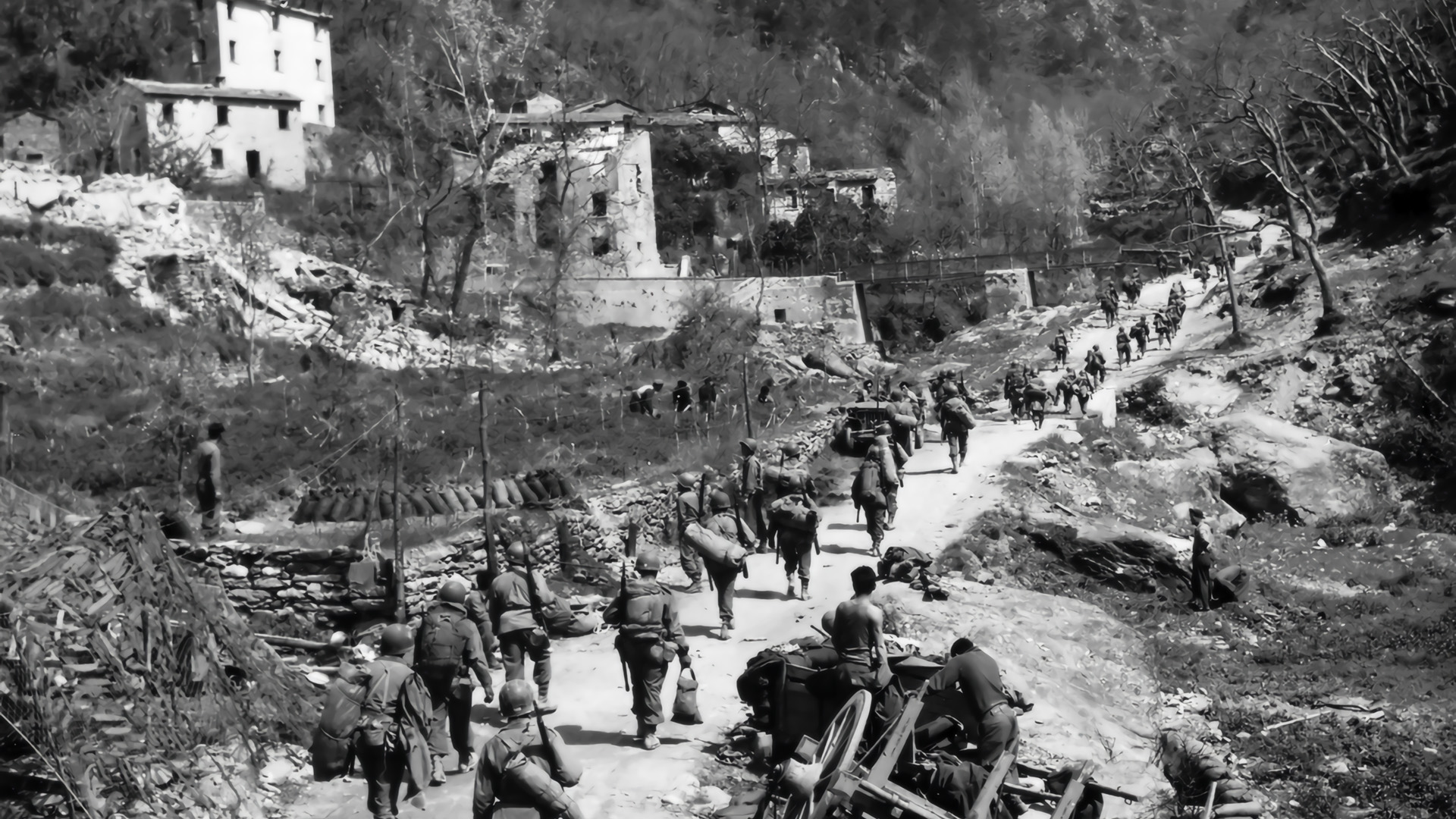
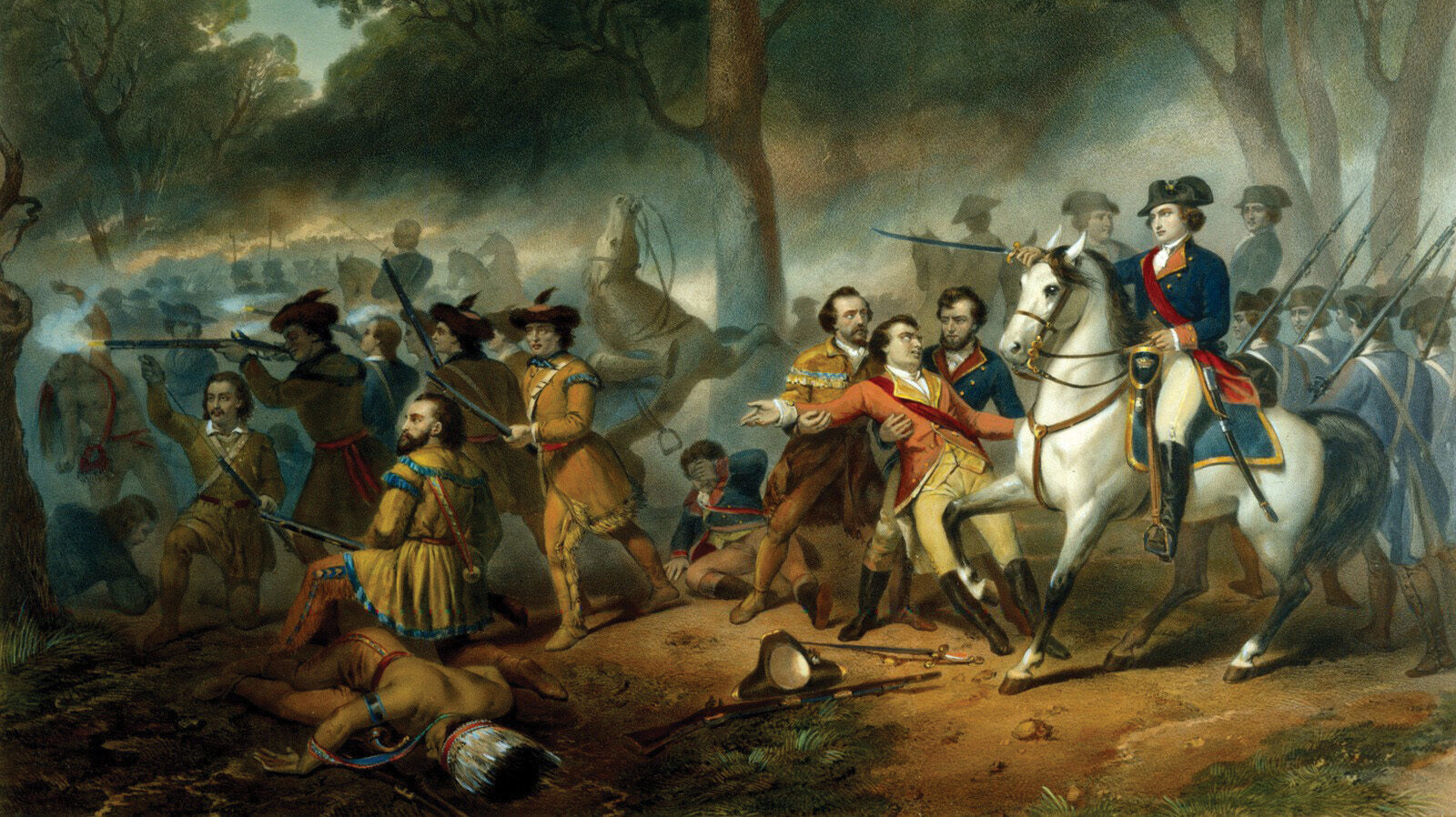
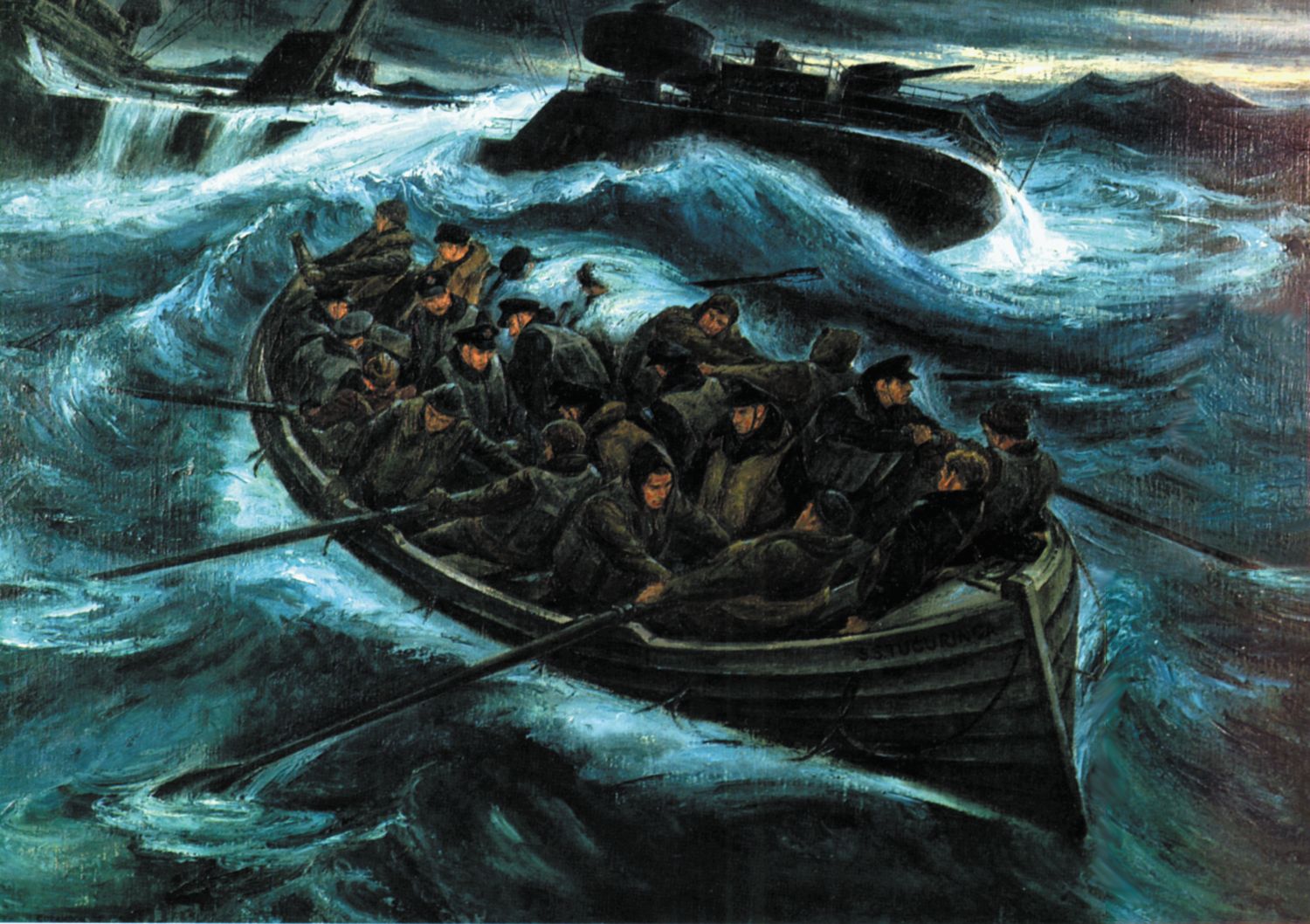
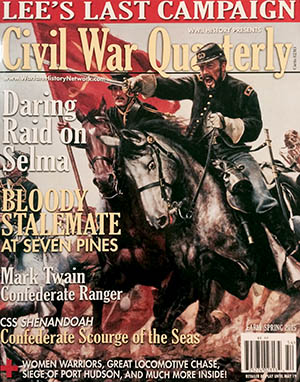
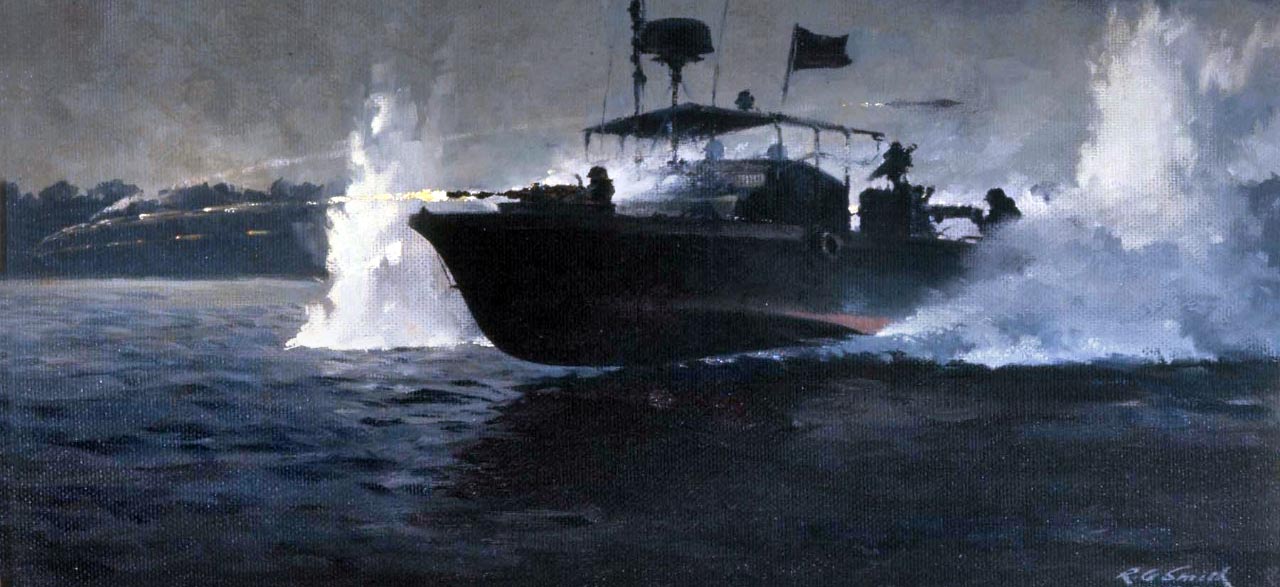
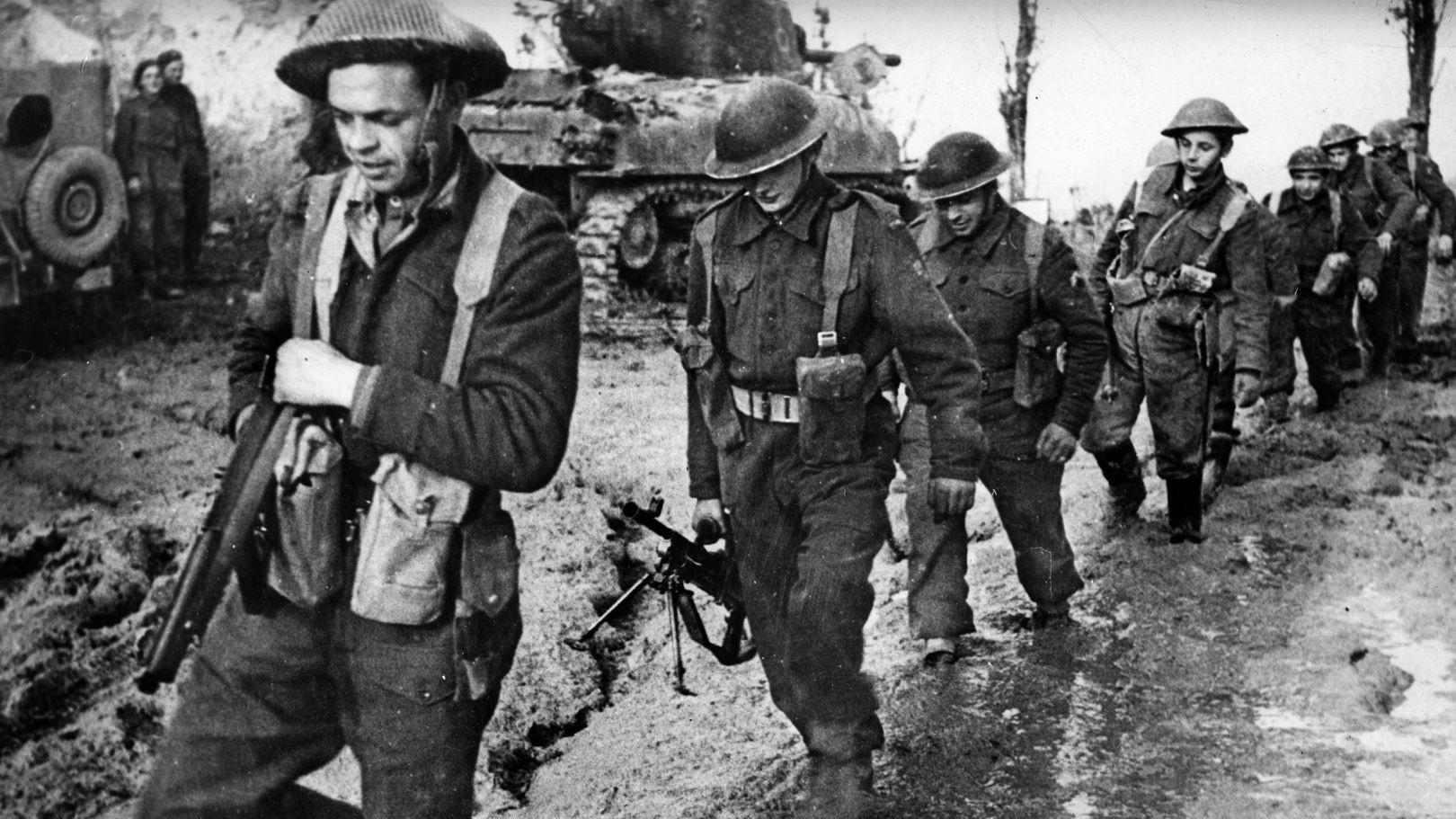
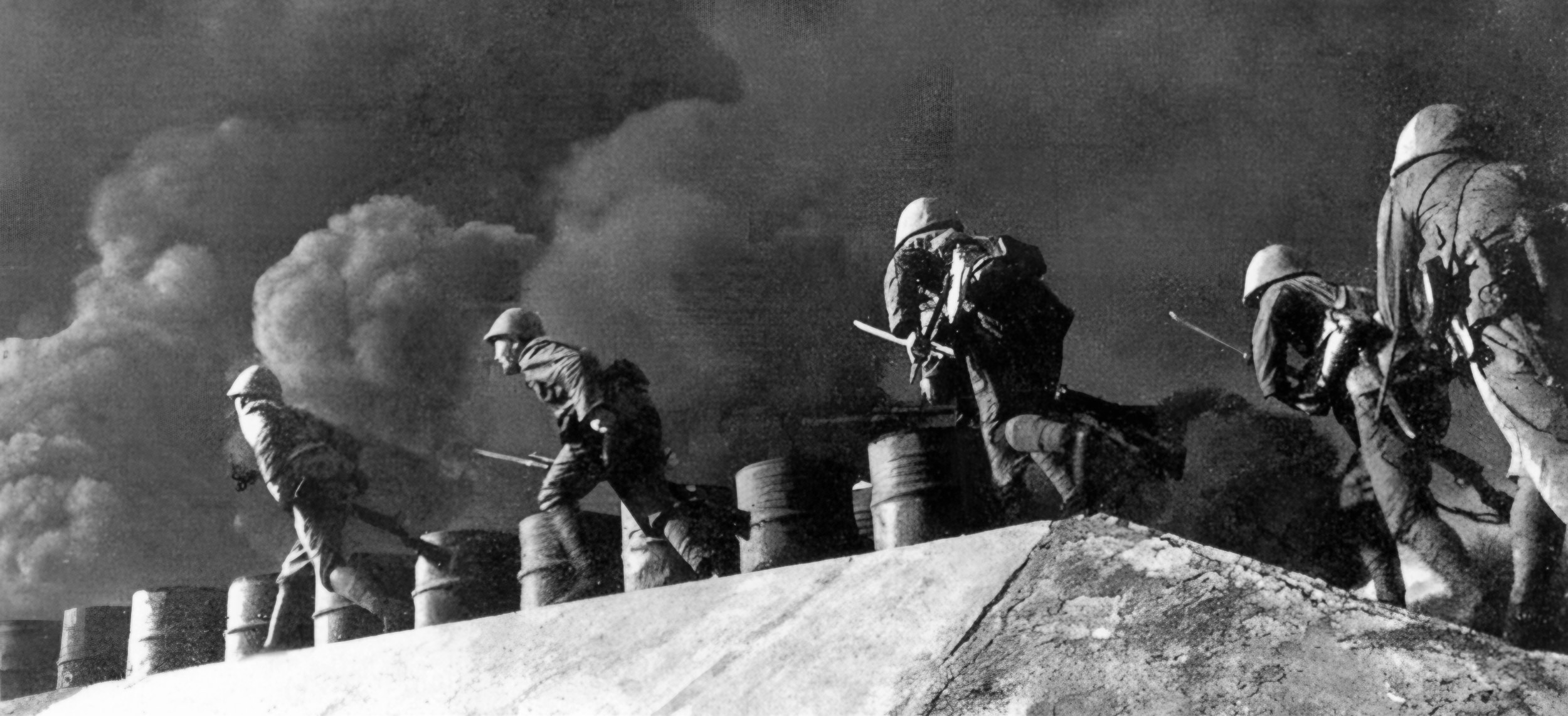
Join The Conversation
Comments
View All Comments